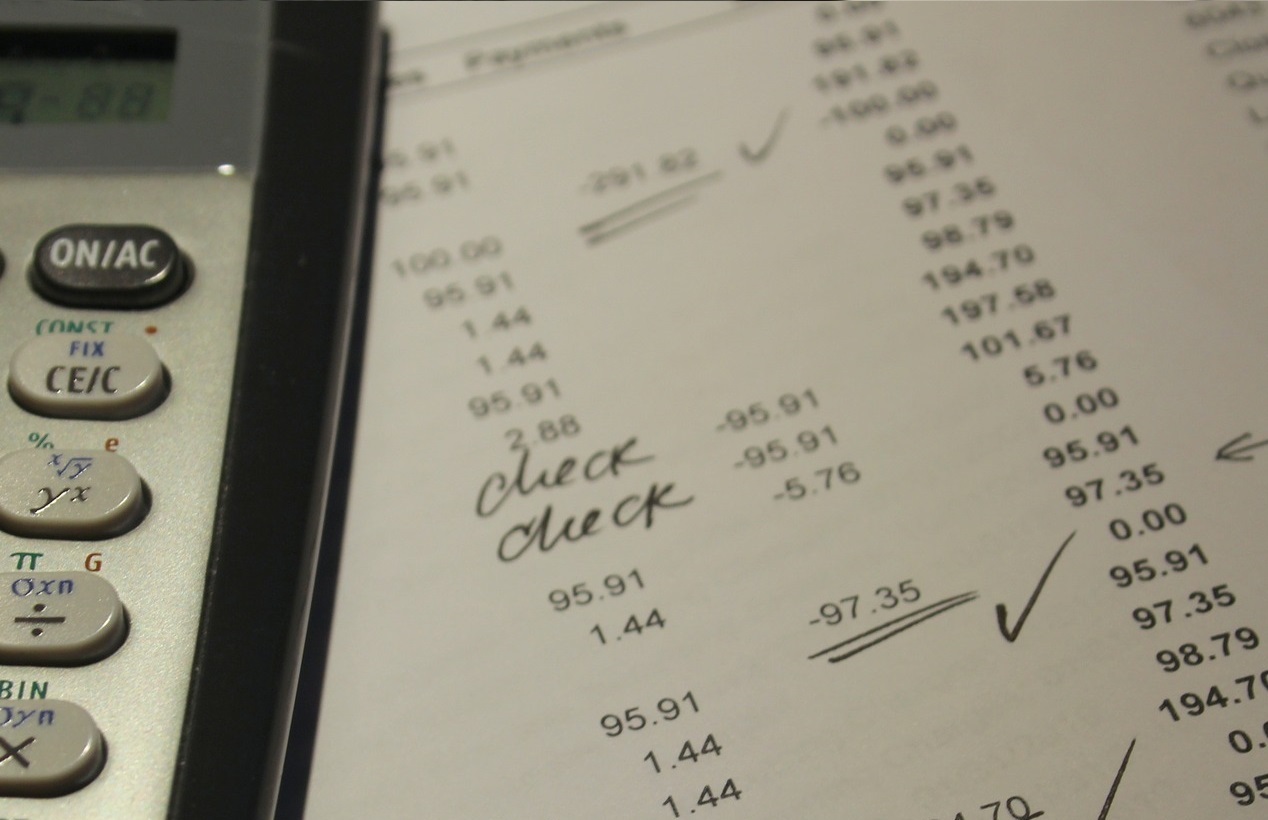When we meet with new clients, one of the first things we like to determine is how recently their books have been reconciled to the bank accounts. Sometimes, (rarely), the books have been reconciled to the prior month. Sometimes it’s been a few months, or a few years. Sometimes a bank reconciliation has never been performed, and the client’s not really even sure what that means.
Since “knowing is half the battle”, I’m going to explain what a reconciliation is, the basics of how it’s performed, and why it’s important.
What’s a monthly bank reconciliation?

To clarify, there are many types of reconciliations, for bank accounts, credit cards, petty cash, inventory, sub-ledgers, etc. For this article, we’re referring to bank reconciliations. A bank reconciliation is like balancing your checkbook, for your business. Most accounting software programs now come with a reconciliation tool (instead of the spreadsheets we used in the days of yore). Since it is the most popular accounting software in small business, I’ll be referencing the QuickBooks reconciliation tool.
How is a reconciliation performed?

First, you need to see when the account was most recently reconciled, and then obtain a copy of the bank or credit card statement for the following month. Second, after ensuring that the prior month’s ending balance matches the following month’s beginning balance, you’ll note the statement’s ending date and ending balance.
From there, you go line-by-line through that month’s transactions, matching each one to its equivalent entry in your accounting software, to make sure that all transactions are properly entered and that your cash balance in the software matches the balance in the bank, for the same ending date.
That sounds very time-consuming and tedious. Why would anyone want to do that?

Monthly bank reconciliations are a very useful tool for ensuring accuracy in your books. They can:
Show you what’s missing. Sometimes, transactions do not make it into the books, either because they did not download correctly, or weren’t manually entered. If a transaction is on the bank statement but not in the software, you know it needs to be added. Also, sometimes there will be things recorded in the software which aren’t on the bank statement. These could be inaccuracies, or it could be something like checks which have not yet cleared the bank. If there’s a large number of uncleared checks, it’s helpful to know that, for cash-flow purposes.
Show you what’s duplicated. If you have a large number of uncleared checks, particularly if some of them are months-old, it could mean that an expense was added without being matched to the written check, and was therefore duplicated. The same thing can happen with income. I once found where a new client’s prior-year annual sales were overstated by about $50,000, due to deposits not being matched to previously-recorded payments. The uncleared payments showed up on the reconciliation report, and helped the client avoid overpaying on his taxes.
“Lock down” errors to one period. If your books were accurately reconciled last month, and something is wrong on this month’s bank reconciliation, you only have to go through about the last 30 days to find the error. If your books have not been reconciled in a long time, or ever, it’s going to be a lot more work to find where the inaccuracy occurred.
Maybe accounting professionals are a little weird, but many of us even find bank reconciliations to be fun (or, at least very satisfying when accurately completed). If you’re having trouble with your bank reconciliations, if you need help learning how to perform them, if something looks wrong but you’re not sure what, or if you’re just sick of doing them and want to pass the job off to someone else, contact us. We happily provide a free 1-hour initial consult to answer your questions.
